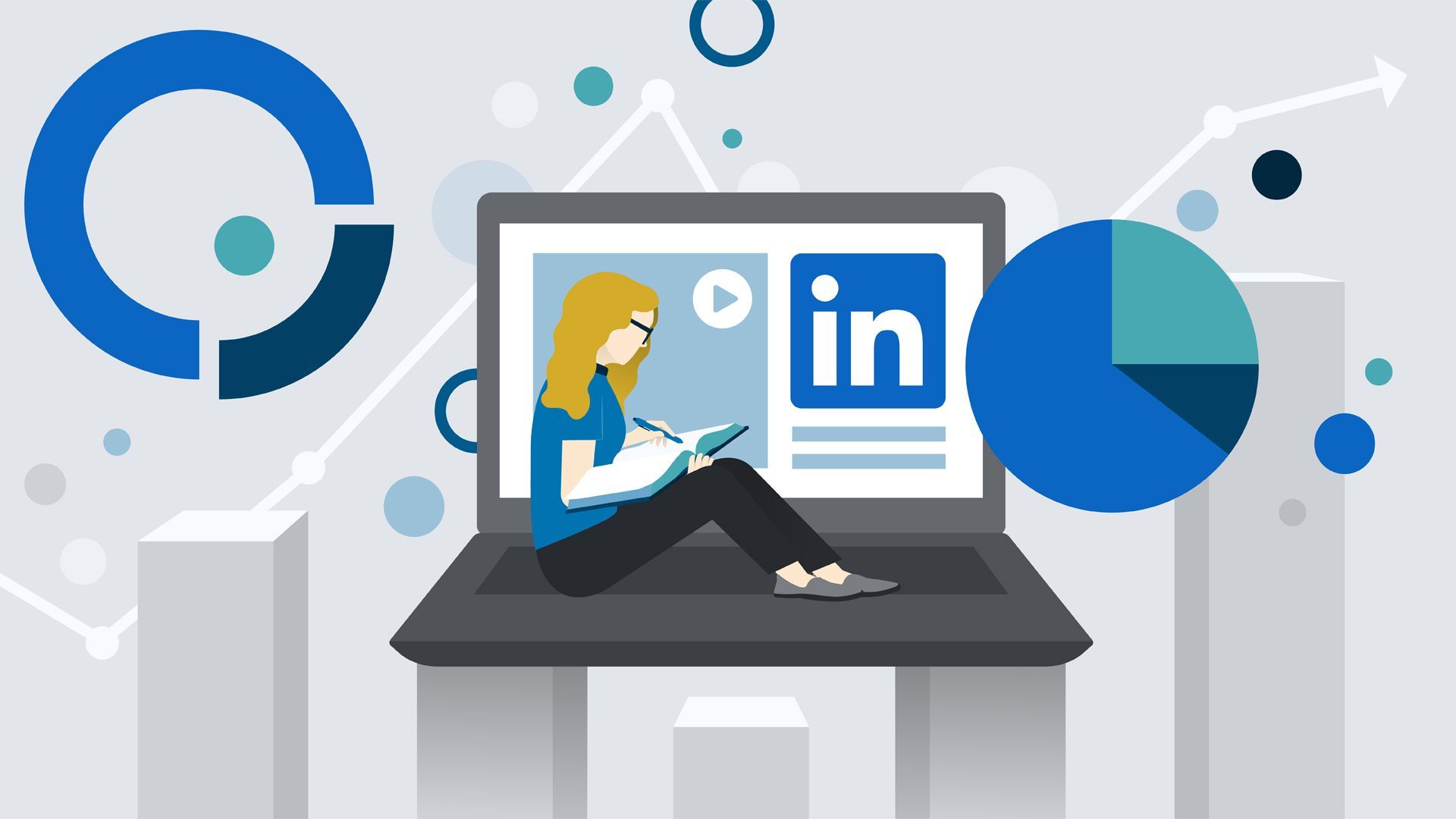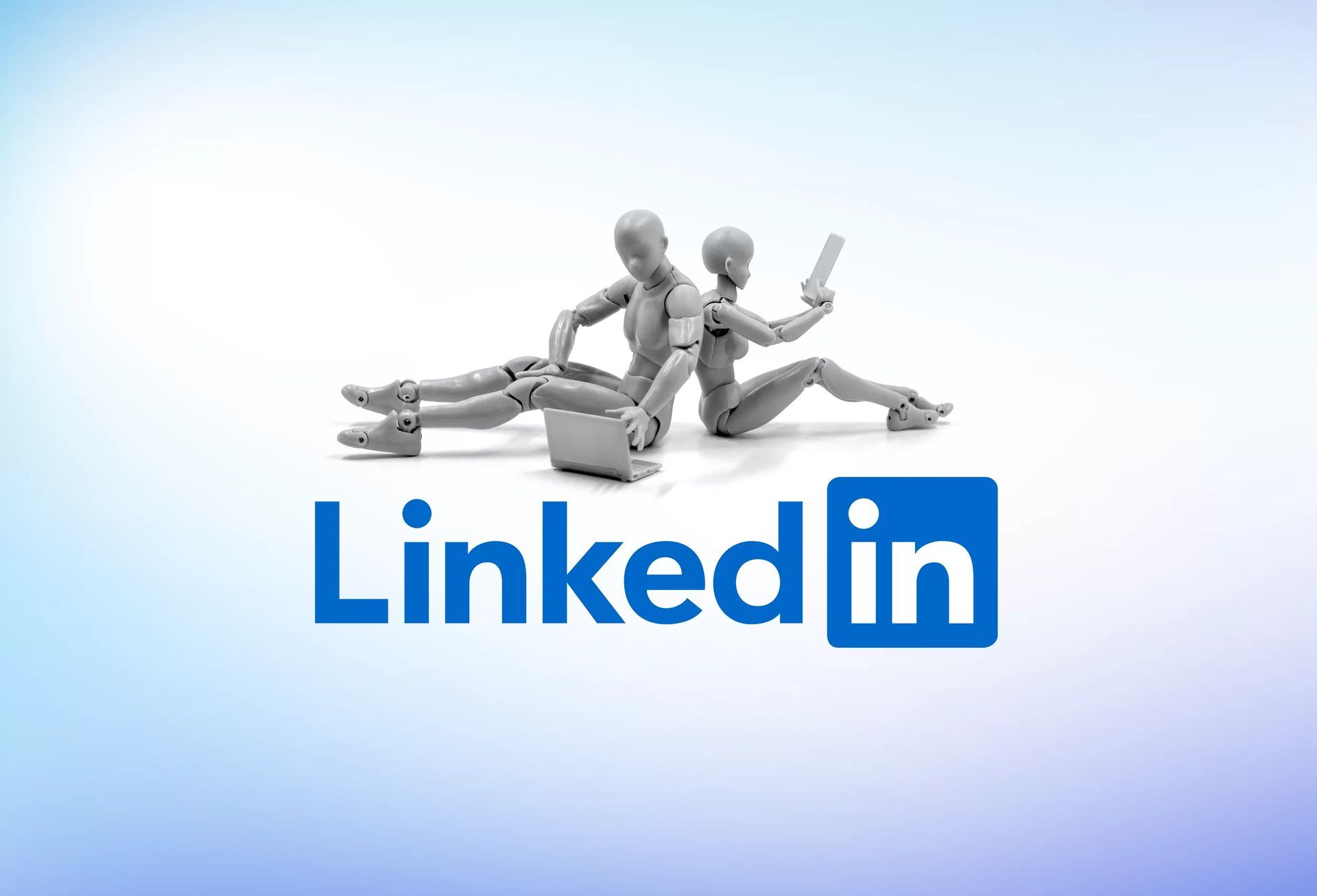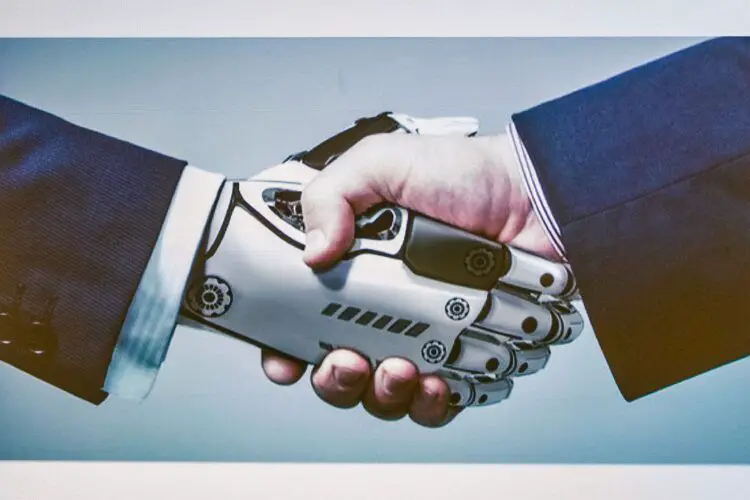LinkedIn AI has been introduced, which will create AI-powered writing suggestions that will initially be offered to people to spruce up their LinkedIn profiles. This feature will also be available to recruiters writing job descriptions.
Both functions of the LinkedIn AI are built on advanced GPT models. LinkedIn is using GPT-4 for personalized profiles and GPT-3.5 for job descriptions.
Alongside this, the company is also creating a bigger focus on AI in LinkedIn Learning, corralling 100 courses around the subject and adding 20 more focused just on generative AI.
LinkedIn has been quietly using AI and other kinds of automation across different aspects of its platform for years. Now, with its owner Microsoft going all-in on OpenAI, AI is becoming a more prominent part of the strategy for LinkedIn on the front end, too. In this article, we will discuss the latest AI-powered features that LinkedIn has introduced for profiles, recruitment, and learning.

The AI-writing prompts for profiles of the LinkedIn AI are aimed at helping people who have trouble writing their own enticing overviews of who they are. The AI tool identifies the most important skills and experiences to highlight in your About and Headline sections and crafts suggestions to make your profile stand out.
The LinkedIn AI tool saves you time and energy while still maintaining your unique voice and style. The suggested content can be reviewed and edited before adding it to your profile. This feature is initially available to paying Premium users. So if you wish to try out LinkedIn AI, you have to create a premium account on LinkedIn using the link here.
How will LinkedIn AI work?
The job descriptions will work on a similar principle: A recruiter writes out some basic information, including the job title and company name. The LinkedIn AI tool will then generate a suggested job description for you to review and edit, saving you time and effort while still giving you the flexibility to customize the post to your needs. By streamlining this part of the hiring process, you can focus your energy on more strategic aspects of your job.
The prompt to use the tool for profile writing touts that it can help you get noticed, noting that using it helps you “stand out for almost 2x as many opportunities”. It’s not clear if that means LinkedIn will algorithmically surface AI-based profiles more frequently in searches to promote the tool, or if it’s because the AI has been tweaked to produce text that works with SEO.

The red flags of LinkedIn AI
While both features are aimed at saving time for users and getting them to keep their profiles more up-to-date or to spur more recruitment business by making it easier to spin up those job profiles, there are at least a couple of red flags.
In the case of those writing their profiles, if the aim of the profile description is to get an idea of the person you are potentially recruiting or networking with, you are getting further from that essence by using AI to generate those descriptions. Ultimately, that might mean more rather than less wasted time for recruiters and others who might be checking out a profile and looking to make a connection.
LinkedIn AI is not free from ethical considerations
There are big question marks hanging over some of the ethical uses of generative AI right now—in particular, whether or not it should, by default, be made clear to the world when it has been used in the process of creating something.

This has been especially important in areas like education, where you’re meant to be directly evaluated on your own work, not just the content of it, but what you’ve done to get that. But recruitment and anything where you are connecting with a particular person feel like it should be in the same category, for the same reason that you wouldn’t want to match with someone on Tinder only to find out that the person in the profile pic is not the actual person—or for the same reason why we don’t want people to lie about their experience on job applications.





